Today in Naval History - Naval / Maritime Events in History
23rd of October
some of the events you will find here,
please use the following link where you will find more details and all other events of this day .....
1762 - HMS Brune (32), Cptn. Tobyn, took French frigate Oiseau (26), Chevalier de Mode, off Cartagena.
Brune was a Blonde class 30-gun frigate of the French Navy. She took part in the naval battles of the Seven Year War, and was captured by the British. Recommissioned in the Royal Navy as the 32-gun HMS Brune, she served until 1792.

1777 - HMS Augusta (64) and the sloop HMS Merlin, Cdr. Samuel Reeve, took the ground, while attacking American Fort Mifflin, Delaware. Augusta accidentally caught fire and blew up and Merlin was also set on fire and abandoned.
On the evening of 22 October 1777, the Augusta and several other warships had sailed up the Delaware River to a point a short distance below some man-made chevaux de frise obstructions[3] in order to fire at Fort Mercer the following day. As the tide fell, both Augusta and HMS Merlin (16) went aground. Despite attempts during the night by HMS Roebuck (44) to free Augusta from its predicament, the warship remained hard aground. About 9:00 AM on 23 October, a general action started with HMS Pearl (32) and HMS Liverpool (28) joining other vessels in the bombardment. The British ships were engaged by Fort Mifflin and the Pennsylvania Navy, which launched four fire ships. At about 2:00 PM, the Augusta caught fire near its stern, according to an American eyewitness. The fire spread rapidly and soon the entire vessel was wrapped in flames. After about an hour the fire reached the magazine and the ship exploded. The blast smashed windows in Philadelphia and was heard 30 miles (48 km) away in Trappe, Pennsylvania. The loss of the Augusta was attributed to various causes. The British claimed that the blaze was started when wadding from the guns set the rigging on fire or that the crew intentionally set the blaze. Some Americans asserted that Augusta was ignited by a fire ship while others stated that its loss was caused by red-hot shot from Fort Mifflin. John Montresor, the British officer in charge of the Siege of Fort Mifflin, wrote that one lieutenant, the ship's chaplain and 60 of Augusta's ratings were killed while struggling in the water. Soon after, the crew of Merlin abandoned ship and set their ship on fire. It blew up later in the day.

1805 - Trafalgar prizes Santisima Trinidad (136), Rayo (100), Bucentaure (80), Neptuno (80), L'Aigle (74), Redoutable (74) and San Francisco de Asis (74) wrecked or foundered in a storm after the battle.
Santísima Trinidad (officially named Nuestra Señora de la Santísima Trinidad by royal order on 12 March 1768, nicknamed La Real, sometimes confused with the galleon Santísima Trinidad y Nuestra Señora del Buen Fin) was a Spanish first-rate ship of the line with 112 guns. This was increased in 1795–96 to 130 guns by closing in the spar deck between the quarterdeck and forecastle, and around 1802 to 140 guns, thus creating what was in effect a continuous fourth gundeck although the extra guns added were actually relatively small. She was the heaviest-armed ship in the world when rebuilt, and bore the most guns of any ship of the line outfitted in the Age of Sail.

1862 - CSS Alabama, commanded by Capt. Raphael Semmes, captures and burns the American bark Lafayette south of Halifax, Nova Scotia.
CSS Alabama was a screw sloop-of-war built in 1862 for the Confederate States Navy at Birkenhead on the River Mersey opposite Liverpool, England by John Laird Sons and Company. Alabama served as a successful commerce raider, attacking Union merchant and naval ships over the course of her two-year career, during which she never docked at a Southern port. She was sunk in June 1864 by USS Kearsarge at the Battle of Cherbourg outside the port of Cherbourg, France.

1944 - The Battle of Leyte Gulf, considered the largest naval battle of World War II, begins with the U.S. submarines attacking two elements of the Japanese armada moving towards Leyte. In the Palawan Passage, USS Darter and USS Dace sink heavy cruisers Maya and Atago. Takao is also hit, but survives. Off Manila Bay, USS Bream's torpedoes damage the heavy cruiser Aoba.
23rd of October
some of the events you will find here,
please use the following link where you will find more details and all other events of this day .....
Naval/Maritime History - 22nd of March - Today in Naval History - Naval / Maritime Events in History
Today in Naval History - Naval / Maritime Events in History 22nd of October 1633 – The Ming dynasty defeats the Dutch East India Company. The Battle of Liaoluo Bay (Chinese: 料羅灣海戰; pinyin: Liàoluó Wān Hǎizhàn) took place in 1633 off the coast of Fujian, China; involving the Dutch East India...
shipsofscale.com
1762 - HMS Brune (32), Cptn. Tobyn, took French frigate Oiseau (26), Chevalier de Mode, off Cartagena.
Brune was a Blonde class 30-gun frigate of the French Navy. She took part in the naval battles of the Seven Year War, and was captured by the British. Recommissioned in the Royal Navy as the 32-gun HMS Brune, she served until 1792.
1777 - HMS Augusta (64) and the sloop HMS Merlin, Cdr. Samuel Reeve, took the ground, while attacking American Fort Mifflin, Delaware. Augusta accidentally caught fire and blew up and Merlin was also set on fire and abandoned.
On the evening of 22 October 1777, the Augusta and several other warships had sailed up the Delaware River to a point a short distance below some man-made chevaux de frise obstructions[3] in order to fire at Fort Mercer the following day. As the tide fell, both Augusta and HMS Merlin (16) went aground. Despite attempts during the night by HMS Roebuck (44) to free Augusta from its predicament, the warship remained hard aground. About 9:00 AM on 23 October, a general action started with HMS Pearl (32) and HMS Liverpool (28) joining other vessels in the bombardment. The British ships were engaged by Fort Mifflin and the Pennsylvania Navy, which launched four fire ships. At about 2:00 PM, the Augusta caught fire near its stern, according to an American eyewitness. The fire spread rapidly and soon the entire vessel was wrapped in flames. After about an hour the fire reached the magazine and the ship exploded. The blast smashed windows in Philadelphia and was heard 30 miles (48 km) away in Trappe, Pennsylvania. The loss of the Augusta was attributed to various causes. The British claimed that the blaze was started when wadding from the guns set the rigging on fire or that the crew intentionally set the blaze. Some Americans asserted that Augusta was ignited by a fire ship while others stated that its loss was caused by red-hot shot from Fort Mifflin. John Montresor, the British officer in charge of the Siege of Fort Mifflin, wrote that one lieutenant, the ship's chaplain and 60 of Augusta's ratings were killed while struggling in the water. Soon after, the crew of Merlin abandoned ship and set their ship on fire. It blew up later in the day.
1805 - Trafalgar prizes Santisima Trinidad (136), Rayo (100), Bucentaure (80), Neptuno (80), L'Aigle (74), Redoutable (74) and San Francisco de Asis (74) wrecked or foundered in a storm after the battle.
Santísima Trinidad (officially named Nuestra Señora de la Santísima Trinidad by royal order on 12 March 1768, nicknamed La Real, sometimes confused with the galleon Santísima Trinidad y Nuestra Señora del Buen Fin) was a Spanish first-rate ship of the line with 112 guns. This was increased in 1795–96 to 130 guns by closing in the spar deck between the quarterdeck and forecastle, and around 1802 to 140 guns, thus creating what was in effect a continuous fourth gundeck although the extra guns added were actually relatively small. She was the heaviest-armed ship in the world when rebuilt, and bore the most guns of any ship of the line outfitted in the Age of Sail.
1862 - CSS Alabama, commanded by Capt. Raphael Semmes, captures and burns the American bark Lafayette south of Halifax, Nova Scotia.
CSS Alabama was a screw sloop-of-war built in 1862 for the Confederate States Navy at Birkenhead on the River Mersey opposite Liverpool, England by John Laird Sons and Company. Alabama served as a successful commerce raider, attacking Union merchant and naval ships over the course of her two-year career, during which she never docked at a Southern port. She was sunk in June 1864 by USS Kearsarge at the Battle of Cherbourg outside the port of Cherbourg, France.
1944 - The Battle of Leyte Gulf, considered the largest naval battle of World War II, begins with the U.S. submarines attacking two elements of the Japanese armada moving towards Leyte. In the Palawan Passage, USS Darter and USS Dace sink heavy cruisers Maya and Atago. Takao is also hit, but survives. Off Manila Bay, USS Bream's torpedoes damage the heavy cruiser Aoba.
Last edited:


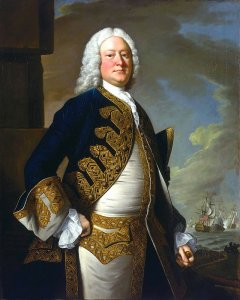

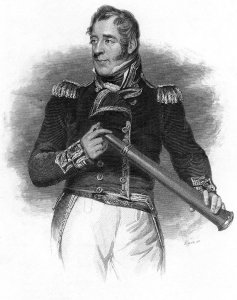
 of the freighter Cabo Machichaco, at the port of Santander, Cantabria, Spain, with over 2000 injured. 590 death
of the freighter Cabo Machichaco, at the port of Santander, Cantabria, Spain, with over 2000 injured. 590 death
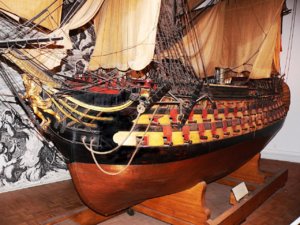
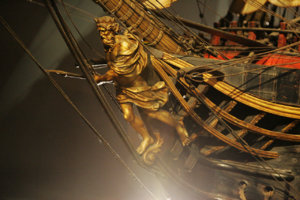

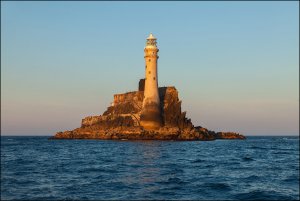
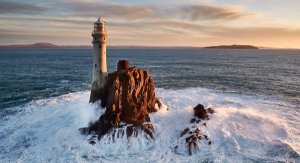
 week
week
